The Rise and Fall of Alexandria (46 page)
Read The Rise and Fall of Alexandria Online
Authors: Justin Pollard

A
s the monk Maximos Planudes lifted the copy of Ptolemy’s
Geographia
from the tomes piled around the book dealer’s stall in Constantinople, that day back in 1294, one piece of the wreckage of Alexandria began a new journey.
Planudes had turned the ancient words into maps, which were added to and improved on by the Byzantine court. One of these had itself found its way from the edges of Asia to a wealthy Florentine with the time and money to translate its Greek text back into the Latin that the scholars of Europe still understood. From Florence that map found its way to Rome, to the Apostolic Library of the pope, then the most powerful man on earth. And from there copies made their way across Europe, to the palaces and castles of the princes of Christendom.
One of those would reach the Portuguese capital, Lisbon, where in 1484 a young explorer named Christopher Columbus was, like Ptolemy before him, beginning to think the unthinkable. What if the world was indeed a sphere? What if he could sail west to Cathay? What if the book he held in his hands that day was correct? A book called the
Geographia
by Claudius Ptolemy. A book from the library at Alexandria.
Geographia
by Claudius Ptolemy. A book from the library at Alexandria.
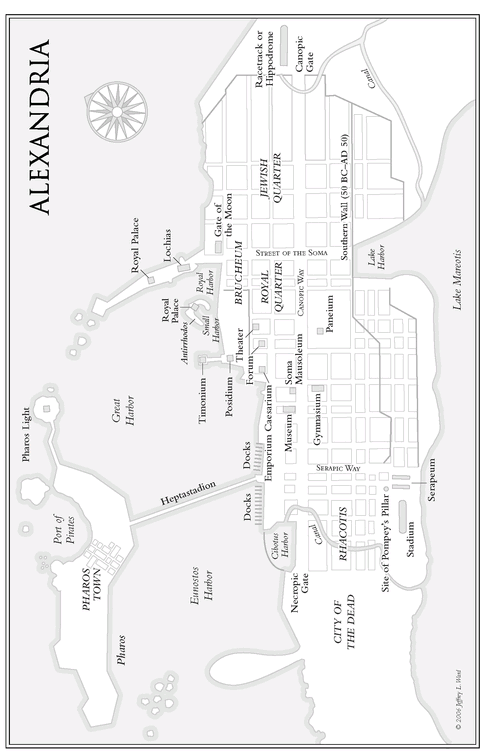
CHRONOLOGY
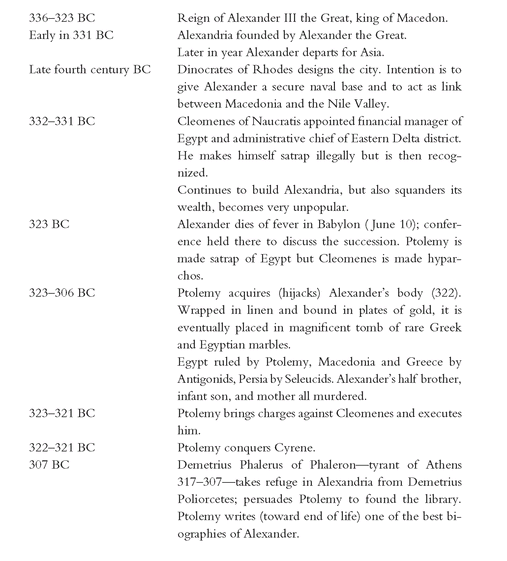
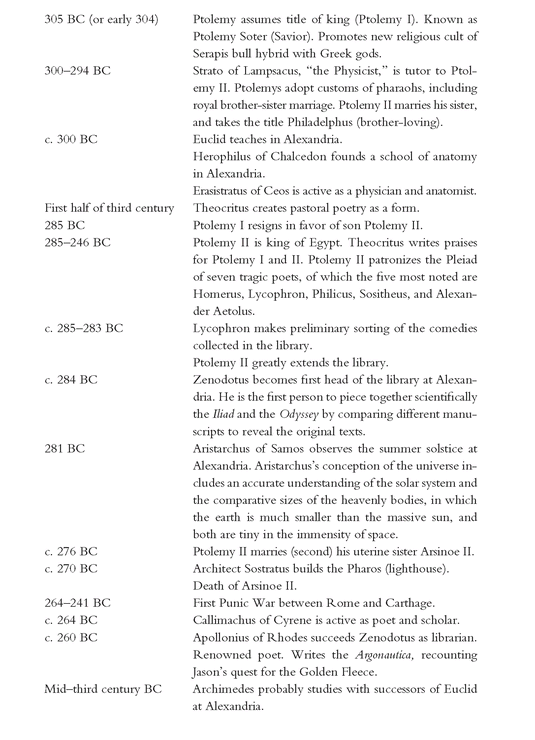
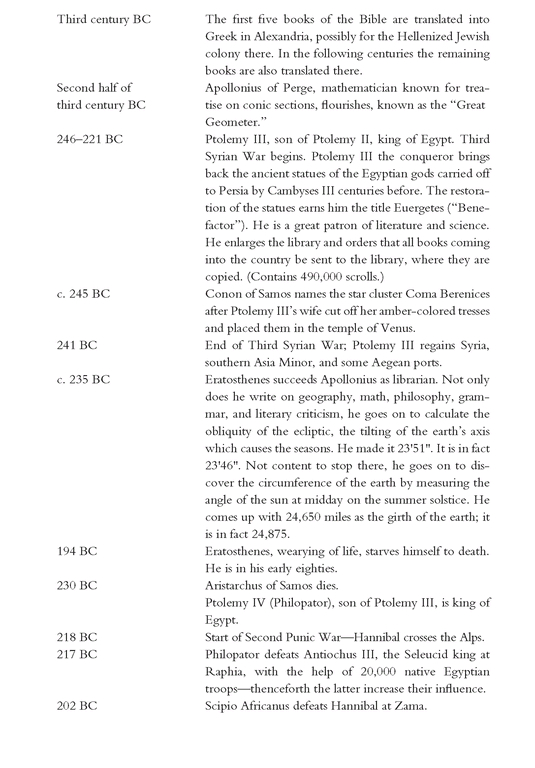
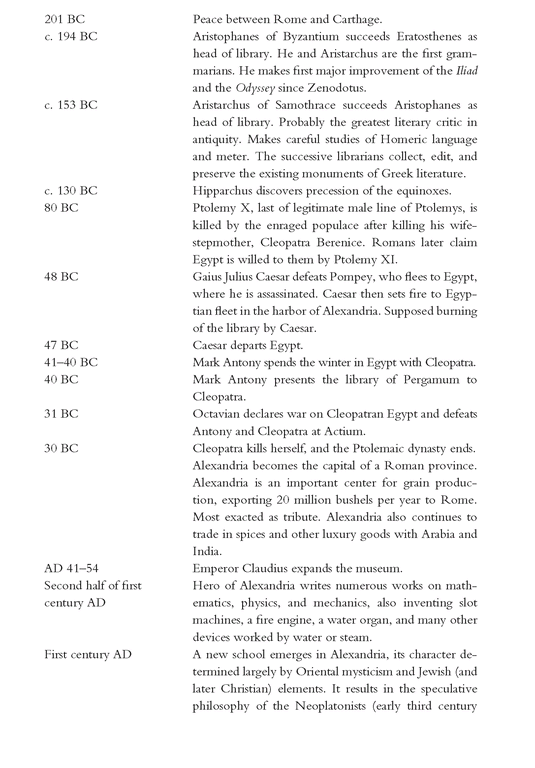
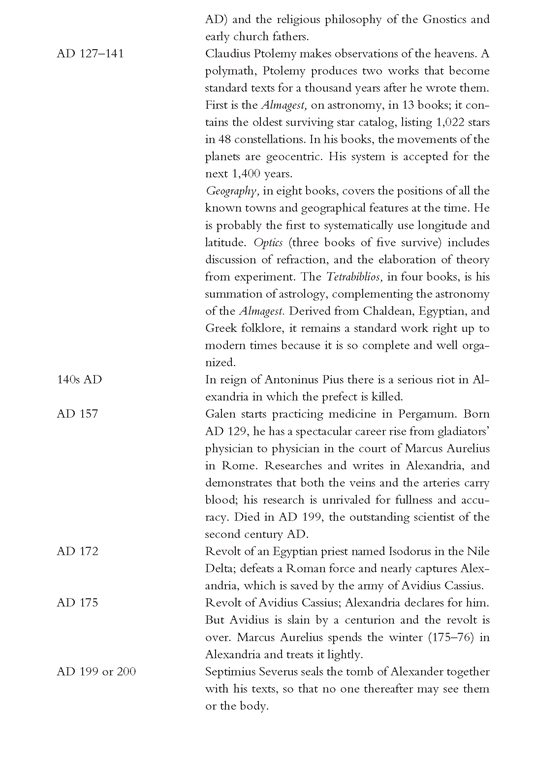
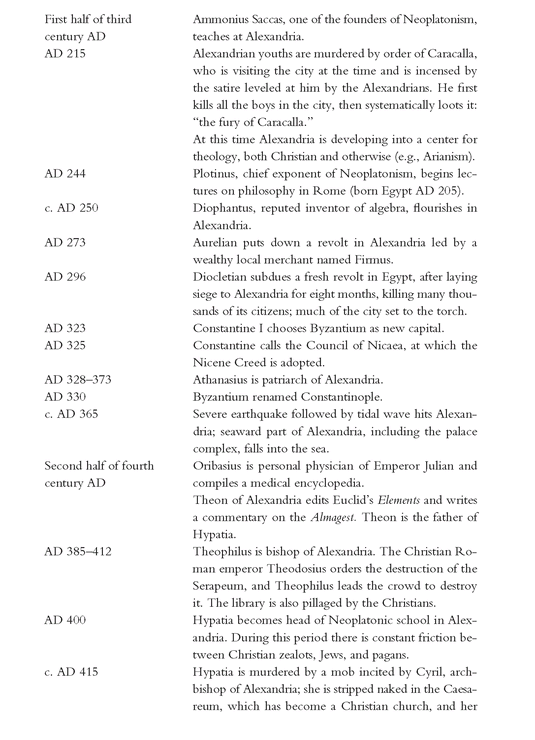
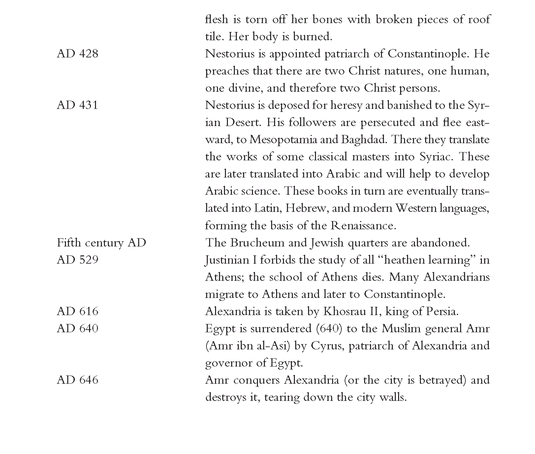
APPENDIX
GENERAL PERIODS OF ALEXANDRIA
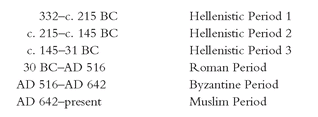
THE PTOLEMAIC LAGID DYNASTY, 305-30 BC
All dates are BC.
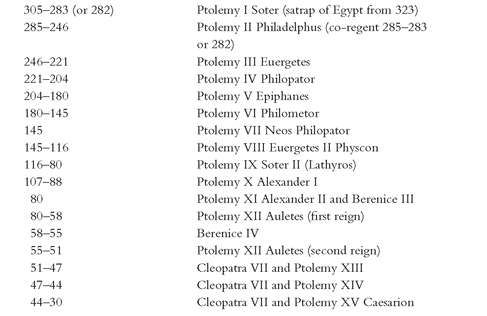
ROMAN EMPERORS
All dates are AD unless BC is stated.

Julio-Claudian Dynasty

Year of the Four Emperors

Other books
The Web and the Stars by Brian Herbert
PRIMAL Renegade (A PRIMAL Action Thriller Book 8) (The PRIMAL Series) by Jack Silkstone
The Illegal by Lawrence Hill
Sahara by Clive Cussler
Collide by H.M. Ward
Consequences by Carla Jablonski
The Lays of Beleriand by J. R. R. Tolkien
The Ivy Tree by Mary Stewart
Revealed by April Zyon
The Princess and the Peer by Warren, Tracy Anne
